The content of the article
The cutest fold cats fell in love with everyone, without exception. Compliant character, unpretentiousness in the maintenance, trouble-free leaving - all this attracts many adherents of the presented breed. Scottish kittens get along well with humans and get along quickly with other pets. But for the correct development it is necessary to provide the baby with proper care and a place where he can feel comfortable. Today we will consider everything that affects the content of Scottish fold.
Conditions of detention
- Since the kitten’s body has not yet fully matured, immediately after the baby is born, he needs to provide proper care. We are talking about the features of the content. Make sure that in the pet's habitat the air temperature is 30–31 degrees, and the humidity does not exceed 60–65%.
- For this purpose, you can use warm rugs, heating pads, electric heaters. But kittens should not be overheated, a special thermometer is put in the box-house. Over time, the temperature regime must be reduced. When the kitten turns 20 days old, the temperature should be 25 degrees.
- In cases where there are several kittens, remember an important nuance. When they try to stray into a lump or climb on top of each other, it means they are cold. If the animals are too far away, they are hot. Thus, you can adjust the temperature to suit the needs of kittens.
- You can find out that the mode is correctly selected, according to the state. Kittens should lie nearby, sleep soundly and not move from corner to corner. When the kids just come into the world, their temperature is at around 36 degrees. Later, it rises to 37.5-39 degrees (about a month).
- If the animal is frozen, it is necessary to collect hot water into the bottle and wrap the container with a towel or use a special heating pad. They take the kitten into their hands, apply a device to its body and warm it gently. You can’t raise the temperature sharply, do it gradually.
- It is strictly forbidden to keep small pets in conditions of high humidity (basement, etc.), otherwise they will become ill. However, air drying should also not be allowed. The animals should be comfortable. At the bottom of the house (box) in which the kittens live, be sure to line a terry towel or other rag. But the fabric should not slip, otherwise it will be difficult for the kids to balance.
- If the small inhabitants are already moving freely around the living room, take the habit of looking at your feet and not slam the door sharply. Usually kittens are on the heels of a person, you may not notice and step on the baby or crush him. Conduct an educational conversation with the younger generation so that they do not torment the kittens, do not pull their tail, do not cut their mustache, etc.
- Already grown up kittens stick their nose everywhere, so in the hot season, the windows should have a net. Otherwise, the baby will fall. In adult cats, landing is carried out on its paws, but in kittens such dexterity is absent.
- You must not allow your pet to play with something that could harm him. This includes tinsel, cords, ribbons, thread with buttons, plastic bags, foil, etc.
- Since kittens are inherently curious, and if you add to this still young age, they need to be protected from danger. Therefore, always keep the toilet lid, cabinet door with trash bin, washing machine, water tank, drawers, cabinets closed. Keep away household chemicals, cosmetics, medicines.
Kitten Care
There are no special difficulties with leaving. It is enough to comb out the coat 1 time in 5-7 days with a special soft brush for kittens. The eyes are washed similarly, once a week. But the ears require attention on your part, because they are the hallmark of the breed.
- Eyes. If the eyes are healthy, there is no need to rinse them with frequent intervals. It is enough to maintain their cleanliness. However, in the presence of inflammatory processes, washing is carried out three times a day. To this end, a divorced chamomile broth is used, a special therapeutic agent, go purified water. It is enough to lower the cotton sponge with the composition and wipe the eyes. If inflammation does not go away after a week, go to the veterinarian.
- The ears. Manipulation of ear cleaning is carried out 3-4 times a month, in some cases more often. Get a special cat ear cleaning lotion. Dampen a cotton swab or a regular cotton swab, gently collect sulfur and dust. Care must be taken not to damage the ears. Do not pull on the ears, do not twist them. If there is no discharge from the ears, they are healthy. Sulfur formation is normal. BUT, if you suddenly noticed that there is a thin reddish-brownish crust in the cavity, the sign is disappointing. Perhaps the baby has ear mites. Consult your veterinarian, he will use a special solution to cleanse.
- Wool. Wool is also a visiting card of a kitten. It makes it fluffy and soft, so you need to take care of the cover. Get a soft brush or glove made of silicone with tips. During molting, events are carried out as necessary up to daily procedures. When the molt passes, it is enough to comb the pet 1-2 times a week. If the pet lives in a private house and walks on the street, after each walk it is inspected to identify ticks.
- Claws. Be sure to purchase special nippers for animals. The kitten needs to regularly cut its sharp claws. The accessory can be purchased at any pet store. A professional tool will allow you to evenly and correctly cut the claws. This is very important, as they do not split and do not flake. Keep in mind that when you care for your claws, you only need to cut their ends. Otherwise, you risk injuring the nerve endings of the animal. If you damage blood vessels, the kitten will experience severe pain. This will negatively affect the psyche of the pet. Psychological trauma remains for life.
- The washing up. Kittens are taught to swim from an early age. Start by wiping the animal with a towel dampened in warm water. The dog should not be afraid of bath procedures and water in particular. After a certain period of time, the pet is first bathed in a basin, then allowed to splash in the bathroom. Before washing, it is necessary to protect the ears by inserting cotton swabs into them. Or you can cover your ears with your hands so that they do not get water. Also, shampoo and water should not get in your eyes. As for the water temperature, the indicators should be 36-37 degrees. Cold water will cause hypothermia, hot water will enhance the heart rate and make breathing difficult. Before washing, get a special cat shampoo, no other will do.
Trained to the tray
- Often, most feline representatives independently understand where to go to the toilet. Kittens quickly get used to the tray and later begin to use it for its intended purpose without "surprises" in the middle of the room.
- If the animal has not coped with the task and continues to relieve the need in the wrong place, in no case do not beat and scold the kitten. As soon as the pet wants to use the toilet, immediately put it in the tray. Before emptying the cats begin to dig a hole, at this point you need to put your pet in the tray.
- Do not forget that cats are guided by smell. Therefore, do not wash the tray for the first 2 days.Such a simple move will allow the pet to quickly get used to the new toilet. Make filler from sand or wood shavings. As an alternative, get ready-made fillers. The composition can be bought at a pet store.
Parenting
- The Scottish cat breed differs from most relatives in a rather calm disposition. Such animals are very friendly and understanding. After acquiring a kitten, he will quickly get used to a new place.
- Scottish cats quickly get used to the owner and all family members. Kittens get along well with other pets. As soon as the animal first comes to your house, it must be made clear what cannot be done.
- Do not climb on a cabinet or table. Teach him not to do what you may not like. The cat should not tear curtains or wallpaper. Stop this behavior. Keep in mind that it is forbidden to use physical force.
- It is enough to say to the animal “You can’t!” strictly and loudly. When using physical impact, a shy or very aggressive cat can grow out of a kitten. The breed in question needs constant communication. Play with the cat and talk.
Diet features
- It should be noted separately that the diet of the breed in question must be approached with all responsibility. Do not sound the alarm ahead of time if, after acquiring a kitten, he will have a poor appetite. The animal should take root and get used to a new place.
- It is forbidden to give your pet cold food. Food should warm to room temperature. If the kitten is no more than 4 months old, feed it 5 times a day. Up to 8 months of age, the pet should be given food up to 3 times a day.
- After that, transfer the cat to 2 meals a day. In the diet of the animal must be present beef, turkey, chicken. Meat is allowed to be given only after heat treatment. Fried foods are contraindicated.
- It is allowed to give exclusively boiled egg yolk. From vegetables, give grated carrots and cabbage. In order for the animal to develop fully, he should be regularly given dairy products.
- If you do not want to bother with making the right diet, you can purchase balanced premium food. In such a product there is everything necessary that a cat's body may require.
- Keep in mind that the animal is strictly forbidden to give food from the table. In no case do not treat the cat with smoked and sausages. Sausages, salted and fried foods are prohibited. Any human food is contraindicated. Otherwise, the cat will not live long.
Scottish cats need proper care. Keep a close eye on your mustache, claws, teeth, and hair. Provide your cat with a balanced diet. If you intend to cook on your own, discuss the menu with your veterinarian. Alternatively, purchase quality feed from a trusted manufacturer. Also, after acquiring a kitten, do not forget to get a full vaccination.
Video: Scottish cats - features and care

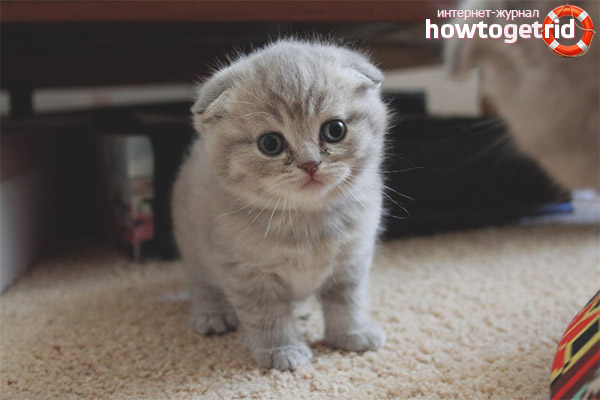
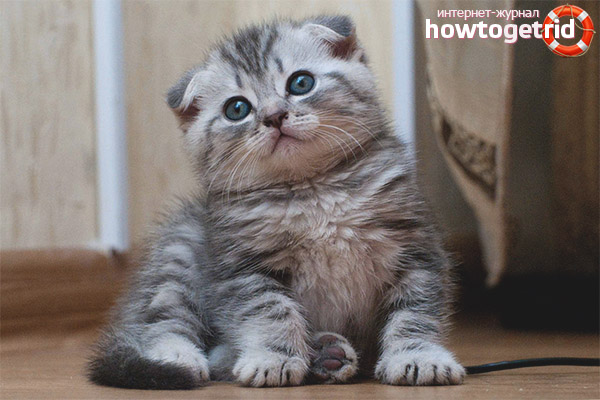

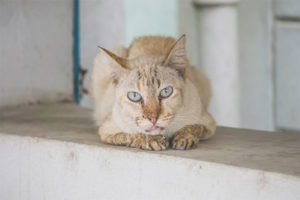
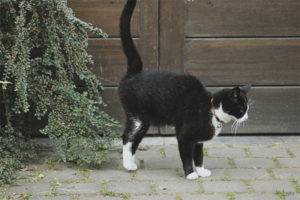
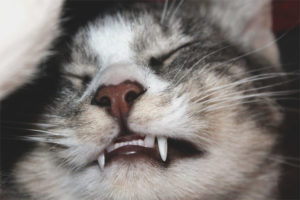
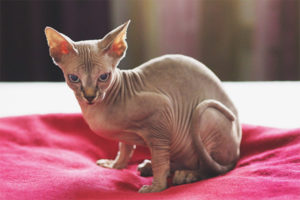
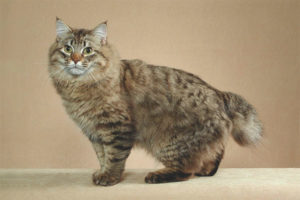
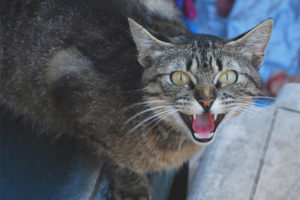
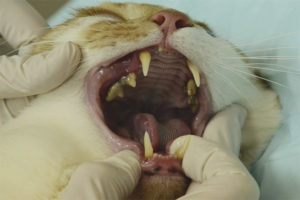
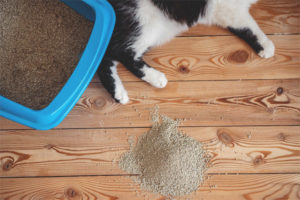
Submit